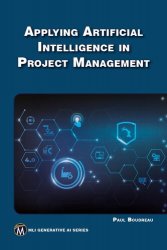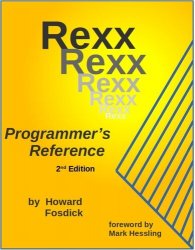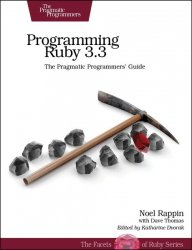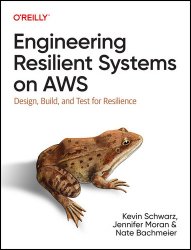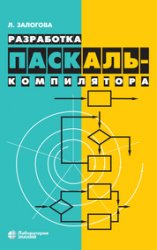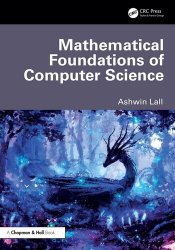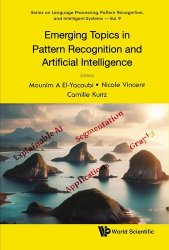- Добавил: literator
- Дата: 14-10-2024, 04:32
- Комментариев: 0
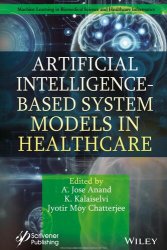 Название: Artificial Intelligence-Based System Models in Healthcare
Название: Artificial Intelligence-Based System Models in HealthcareАвтор: A. Jose Anand, K. Kalaiselvi, Jyotir Moy Chatterje
Издательство: Wiley-Scrivener
Год: 2024
Страниц: 500
Язык: английский
Формат: pdf (true)
Размер: 30.4 MB
Artificial Intelligence-Based System Models in Healthcare provide a comprehensive and insightful guide to the transformative applications of AI in the healthcare system. As technological advancements reshape medical practices, this handbook serves as a roadmap for researchers, healthcare professionals, and technology enthusiasts in the evolving healthcare delivery of AI-based systems. The contributor's and editors' knowledge provides a valuable resource to help understand how AI-based solutions will improve patient care and inspire the advancements of cutting-edge solutions. This book is edited into three sections, focusing on healthcare systems and AI-based system models. The first section explores the introduction to healthcare systems, focusing on the fundamental role of technology in reshaping the healthcare landscape. This section offers a unique perspective, emphasizing the integration of technology into healthcare ecosystems. The second part takes a deep dive into specific AI-based system model applications. From valuable insights into how AI systems offer valuable insights into the potential impact of patient outcomes, it also delves into topics of ML, image analysis, and biomedical text processing. The final section covers the future landscape of AI applications in healthcare practices. This section concludes by exploring the frontiers of AI-driven healthcare innovations and how they will aid the future of healthcare. This part provides details on how the ideas presented in the preceding section were put into practice in the form of a prototype. We used Python 3.7 for the prototype. The language was selected because of its popularity among scientists and its extensive library of mathematical and computational tools. SciKit-learn, Pandas, NumPy, SpaCy, Statsmodels, and Simpy were all used in the implementation.


